
Unlike some of her peers, Claire Hitter didn’t grow up knowing she wanted to be a teacher. Even in college, she studied history and was looking at graduate programs in law and psychology.
Five years later, she’s happy wearing all the hats of a middle school teacher in southern Wisconsin’s Monona Grove School District, delivering a lesson on citing text evidence one period and being a listening ear for a student coping with their first breakup the next.
Hitter credits her career path to an opportunity she came across while researching graduate school options: the University of Wisconsin-Madison's Teacher Pledge program. It covered the cost of her master’s degree in curriculum and instruction, in exchange for her pledge to work at a Wisconsin school after graduation.
“A lot of people think that teachers should have this passion that they’re born with and will do whatever it takes,” Hitter said. “People need to realize that it’s a career. The Teacher Pledge makes it a viable career option for people who are looking at other options.”
Wisconsin schools are unable to find enough qualified teachers. The trouble is not so much the number of students entering teacher preparation programs, but the number of students who stick with the profession and stick with Wisconsin.
When Hitter started her program, the odds weren’t good for those in her cohort. Of 5,388 students who completed Wisconsin teacher programs in the 2020-21 school year, only 79% became licensed teachers and just 67% went on to teach in Wisconsin.
Hitter was among them. She finished the term of her pledge this year, but she has no plans to leave. Because of the opportunity with the Pledge Program, she “fell in love with teaching middle school students.”
“It really opened the door for me as someone who had no teachers in my family and who never really considered that as a possibility,” Hitter said. “It made it seem like an attractive option.”
Hitter was one of hundreds of prospective teachers who’ve been part of a range of state and local programs aimed at strengthening the teaching workforce in Wisconsin.
But the programs have not been able to keep up with the needs of schools.
The year Hitter started teaching, the state Department of Public Instruction issued over 3,000 emergency licenses for schools to hire unlicensed teachers — a number that continues to grow significantly each year.
Lawmakers this May rejected all of State Superintendent Jill Underly’s requests related to the teaching workforce, from grants for student organizations that explore the teaching profession, to more funding for mentoring early teachers.
Republican lawmakers Rep. Mark Born and Sen. Howard Marklein, who co-chair the state's budget writing committee, declined interview requests from the Milwaukee Journal Sentinel about proposals related to the teaching workforce.
Evers himself rejected Underly’s request to repeal a state law requiring teachers to pass the Foundations of Reading Test to obtain certain teaching licenses. Underly noted significant racial disparities in passage rates and said new requirements for teaching candidates to learn about the science of reading make the expensive test redundant.
Some teaching candidates are already exempt from the test if they take an alternate route to teaching licensure that Republicans enacted in 2017: a program offered by the American Board for Certification of Teacher Excellence that doesn’t have to meet traditional state standards for educator preparation programs.
Unable to fill positions, schools are lowering standards, cutting programs and overloading other teachers
While Wisconsin officials don’t track the number of vacant positions in schools, about a third of school districts responded to a survey on the subject in 2023.
More than 80% of those districts reported vacancies. Over 90% said they had few or no applicants for open positions.
Of about 40 school districts that said they were not able to meet their hiring needs, 22 said the lack of staff caused them to give another teacher an overload assignment, 20 hired a sub in lieu of a fully licensed staff member, 16 increased class sizes, nine eliminated or reduced a program and eight provided online instruction.
Wisconsin also has another tool to measure the teacher shortage. When schools can't find licensed teachers to fill jobs, they can apply to DPI for temporary licenses that allow educators to teach before they've earned full licenses for the subjects they're teaching. Almost every district in Wisconsin has at least one of these teachers, according to state data.
State officials reported issuing over 3,300 temporary licenses to educators in the 2022-23 school year, a 24% increase from the number three years earlier.
Statewide, about 6% of educators in the 2023-24 school year were using temporary licenses. Milwaukee Public Schools had one of the highest rates: about 20%. Charter schools had higher rates, with about half of the educators at Dr. Howard Fuller Collegiate Academy Inc. reported as using temporary licenses.
The practice can impact what students learn, research has found. A 2024 analysis out of Texas Tech University found students with uncertified and inexperienced teachers showed about three months of lost learning in math and four in reading, compared with their peers with certified teachers.
Wisconsin proposals to pay student teachers have failed
The program that brought Hitter into teaching, UW-Madison’s Teacher Pledge Program, was launched in 2020 and is entirely donor funded. It’s generated enough support to carry itself at least through the 2029-30 school year.
The program covers in-state tuition, fees and licensing costs for hopeful UW-Madison teachers who pledge to teach in Wisconsin for four years, or for three years in an area of high need.
More than 1,000 students have taken the pledge, according to Thomas Owenby, associate dean for teacher education at UW-Madison's School of Education. He said about 60% of undergraduates in the school's teacher preparation programs have pledged.
Owenby said the donor-funded pledge was meant to be a "design study" to demonstrate interest in the program and effectiveness in retaining teachers in Wisconsin. He said the organizers hope to see the state government ultimately fund a pledge agreement for prospective teachers at all public and private Wisconsin colleges and universities.
The state already has a more limited program, offering up to $30,000 of loan forgiveness for minority teaching candidates who agree to work in schools with higher minority populations and take on certain teaching roles that are in high demand, like special education.
Some other states have larger programs, offering loan forgiveness for any teachers who stay in their state. And some go farther to sweeten the deal, offering stipends for student teachers.
Wisconsin Democrats have proposed stipends but failed to gain bipartisan support. Bills in 2022 and 2023 would have provided a state-funded $15 hourly wage for student teachers.
Last fall, State Superintendent Jill Underly requested state funding for $10,000 stipends for student teachers.
Democratic Gov. Tony Evers trimmed the stipends to $2,500 in his budget proposal and recommended the UW System offer tuition remission for student teachers during the semesters they teach.
The stipends, and Evers’ recommendation, were cut from the budget plan this May by the legislature’s Republican-controlled finance committee and did not make it into the final budget deal.
Separately, a federal grant enabled UW-Madison to offer stipends over the past year for students committed to working as MPS special education teachers. Those students could earn $55,000 while taking classes for their master’s degrees and working in the field under mentors at MPS. The federal education department cut off that grant in February. MPS will continue paying their salaries, a spokesperson said.
Federal grants for another pathway into teaching, Americorps’ Teach for America program, were also recently slashed by the Trump administration. Wisconsin, under Evers's direction, has joined a multi-state lawsuit against the cuts.
In Milwaukee, the teaching pathway can start in high school
Another way to recruit for the teaching profession is to consider the non-teachers who are already in schools each day: students and classroom aides.
Often called “grow your own” programs, these initiatives help students and school staff become teachers while they’re still attending or working in the schools.
Milwaukee Public Schools has two such programs. Through M-Cubed, high school students can take teacher education courses at MATC and UWM, and intern in an elementary classroom. For classroom aides, the Milwaukee Public Schools University program helps cover tuition for teacher licensure.
Other states fund larger programs.
In Maryland, a state program allows high school students to take four teacher education courses for college credit. A 2024 University of Maryland analysis of the program, which followed 320,000 students for a decade, found students at participating schools were about 1.5 times as likely to become teachers. Black female students, in particular, were 1.8 times as likely to become teachers.
Earlier this year in Wisconsin, based on a request from Underly, Evers tried to invest $5 million in a new grant program for grow-your-own-educator initiatives. The plan was cut by state lawmakers.
Underly and Evers also want to expand a teacher apprenticeship program they piloted over the last school year with federal funding going to three school districts. Under the pilot, participants were paid by the districts to work as aides in schools while completing coursework for their teaching licenses.
For the current state budget, Underly requested $10 million annually to grow the Teacher Apprenticeship program. Evers denied the request but instead proposed that the state Department of Workforce Development, a partner on the apprenticeship program, invest $1 million annually to help school districts pay for the cost of apprentices. Lawmakers rejected that plan.
Some programs pay teachers more to work in the most challenged schools
Vacancies are a bigger problem in some schools, and school districts, than others.
In Illinois, a statewide program targets those areas. In 2023, finding that 80% of teacher vacancies were in 20% of the state’s districts, the state launched a pilot “teacher vacancy” grant program. Districts could use the money for signing bonuses, housing stipends, tuition and loan payments, coaching and other methods to recruit and retain teachers at the most challenged schools.
In the first year, the program gave out $45 million to 170 school districts. Schools said the funds allowed them to hire about 5,400 teachers and retain about 11,000, according to a University of Illinois study. It broke down to about $2,800 per teacher hired or retained.
At MPS, where vacancies vary significantly by ZIP code, district officials have experimented with stipends for staff in certain schools. A $1,500 bonus for teachers in the 53206 ZIP code got seven takers, according to the district, but ended because it was funded with pandemic-relief dollars. MPS then offered a $2,500 bonus for new teachers in schools designated by the state as needing extra support, which a spokesperson said has also ended.
New this summer, MPS Superintendent Brenda Cassellius announced a $1,000 bonus for staff who recruit licensed teachers who get hired by the district.
The efforts haven’t been nearly enough to fill open positions in the district, where Cassellius also recently had a consultant identify numerous operational problems in the human resources office.
As of July 31, the district had 281 open teaching positions with just 155 candidates in the hiring process, leaving 126 teaching positions without any prospects.
This article originally appeared on Milwaukee Journal Sentinel: Wisconsin schools are short on teachers. These programs aim to change that.
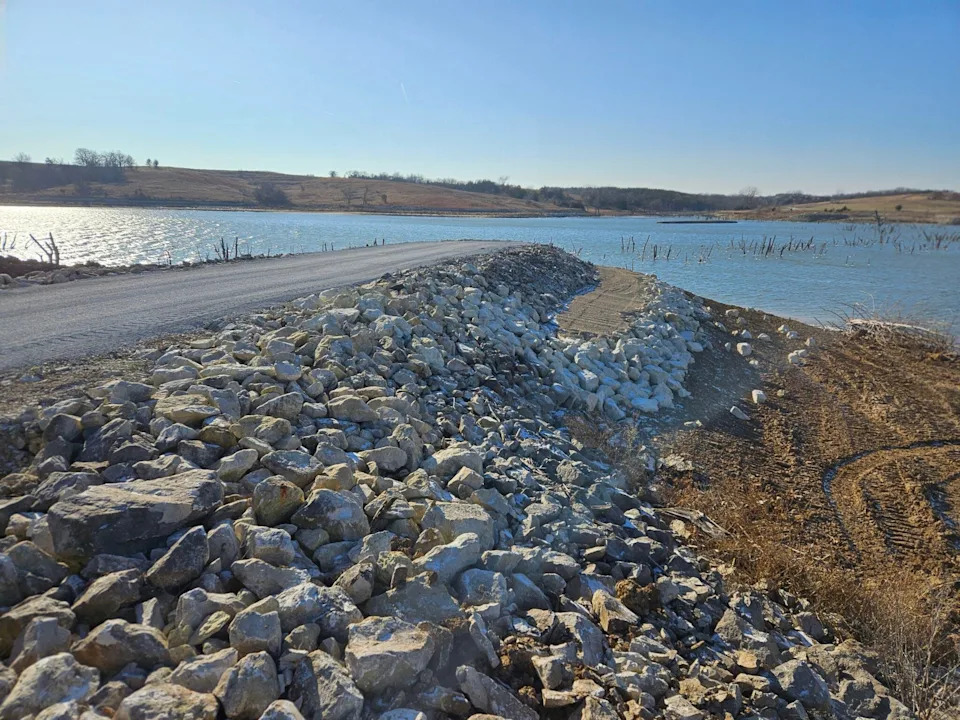
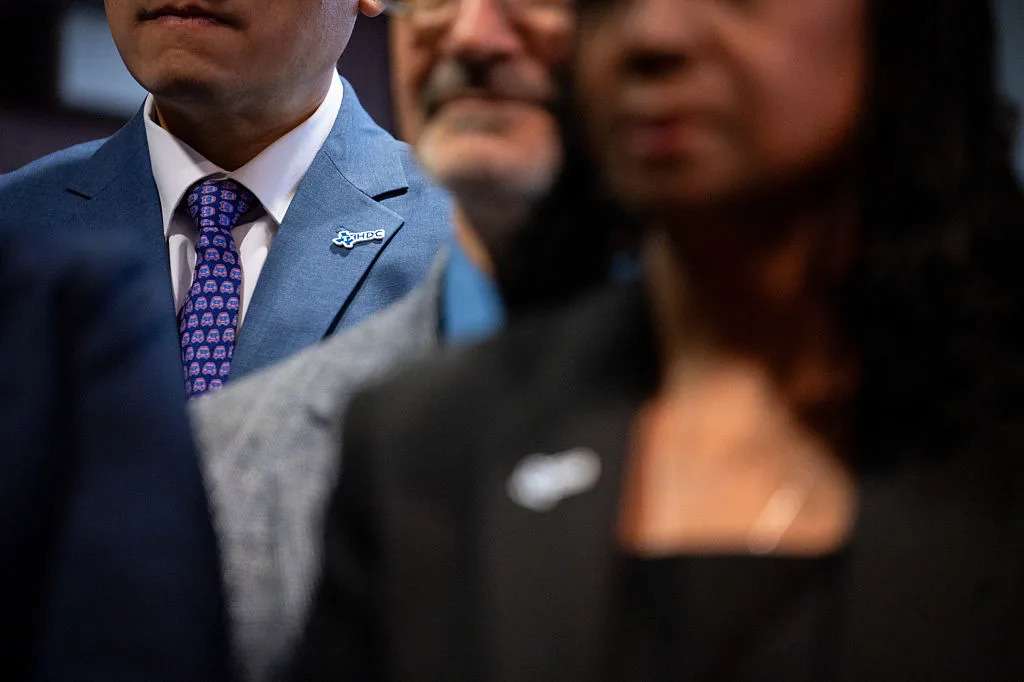

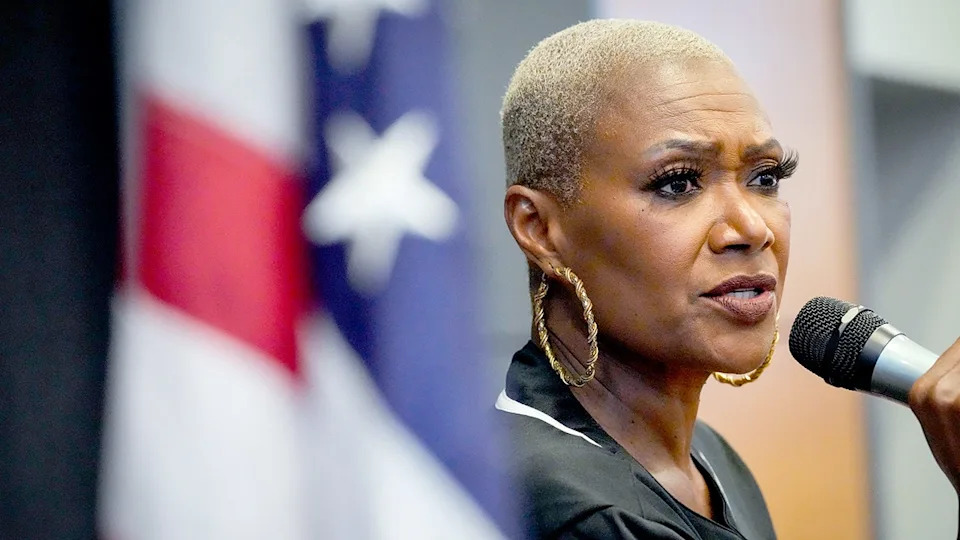
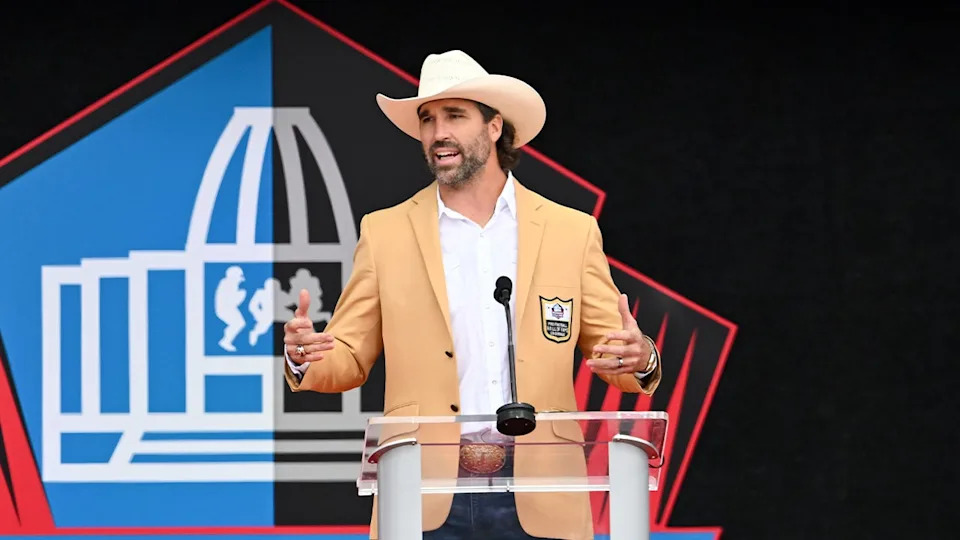


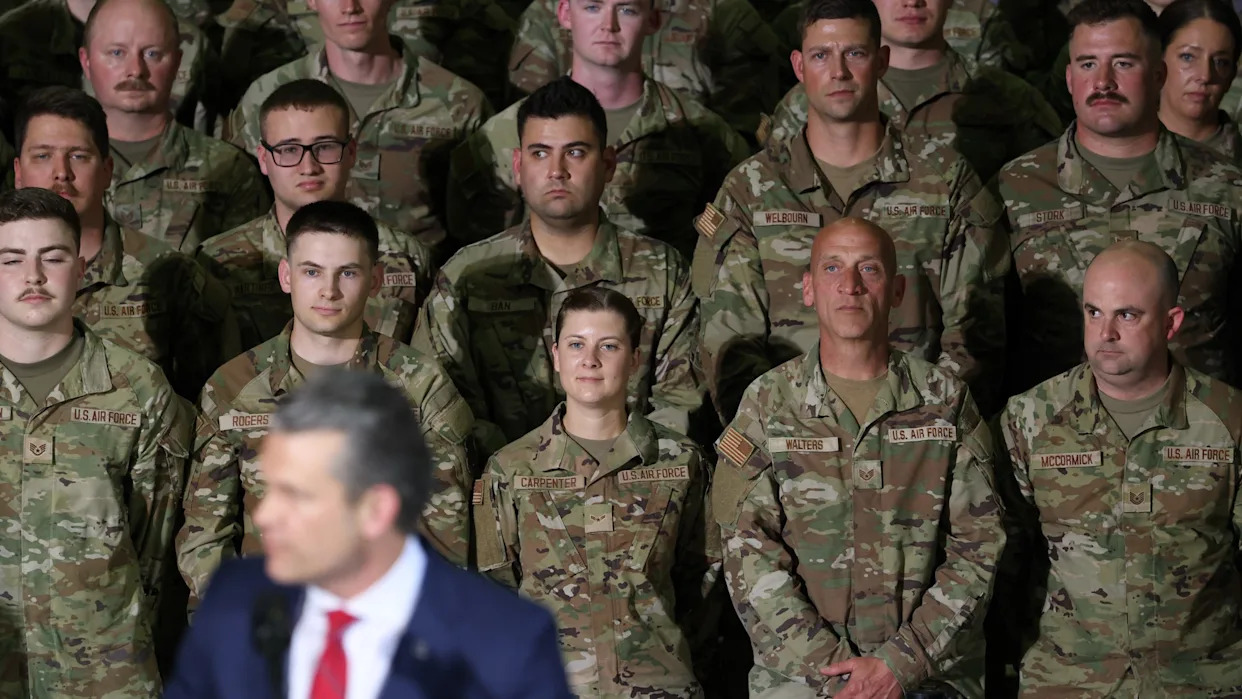
Comments